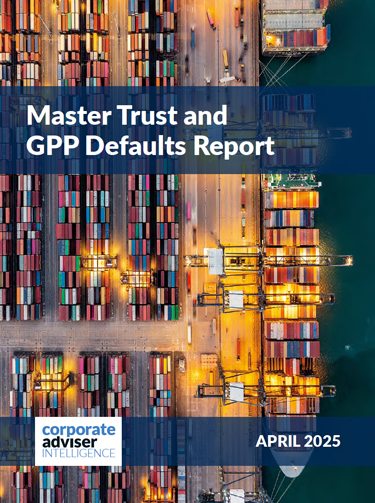Most defined contribution (DC)-only savers are set to fall short of the PLSA’s moderate Retirement Living Standard, with 88 per cent unlikely to reach the moderate income threshold, according to new analysis from the Department for Work and Pensions.
The findings are likely to increase calls for action on contribution levels and investment strategies, as defined-contribution pensions take on a greater role in retirement provision.
The DWP predicts the share of retirees relying solely on DC income to rise from 16 per cent in the 2020s to 38 per cent by the 2060s, while the proportion receiving a mix of DB and DC incomes is expected to decline from 71 per cent to 59 per cent over the same period.
Meanwhile, the DWP has also revised its investment returns methodology, dropping its previous RPI-plus framework in favour of an approach based on capital market assumptions derived from Corporate Adviser Pensions Average (CAPA) data, with separate projections for equities and bonds. The result is a lower estimate of expected returns, reducing projected outcomes by around three percentage points.
The analysis also reveals a big gap between renters and homeowners when it comes to retirement income, with 27 per cent of renters expected to fall short of the PLSA’s minimum standard, three times more than homeowners at just 9 per cent. This is because homeowners typically have much lower housing costs in retirement. The analysis assumes homeownership stays around 80 per cent, but if more people end up renting in retirement, the problem of undersaving is likely to get worse.
Additionally, the DWP says nearly 43 per cent of working-age people, about 14.6 million, are not saving enough for retirement, based on the idea that they will use their full DC pension pot to buy an annuity.





